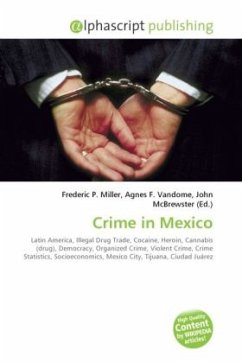High Quality Content by WIKIPEDIA articles! High Quality Content by WIKIPEDIA articles! Crime in Washington, D.C. (formally known as the District of Columbia) is directly related to the city's changing demographics, geography, and unique criminal justice system. The District's population reached a peak of 802,178 in 1950. However, shortly thereafter, the city began losing residents and by 1980 Washington had lost one-quarter of its population. In turn, economic recession and decaying neighborhoods led to increases in the crime rate. The population loss to the suburbs also created a new demographic pattern, which divided affluent neighborhoods west of Rock Creek Park from more crime-ridden and blighted areas to the east. Despite being the headquarters of multiple federal law enforcement agencies such as the Federal Bureau of Investigation (FBI) and United States Drug Enforcement Administration (DEA), the nationwide crack epidemic of the 1980s and 1990s greatly affected the city and led to a massive increases in crime. The number of homicides in Washington peaked in 1991 at 479, and the city eventually became known as the "murder capital" of the United States.
Bitte wählen Sie Ihr Anliegen aus.
Rechnungen
Retourenschein anfordern
Bestellstatus
Storno








